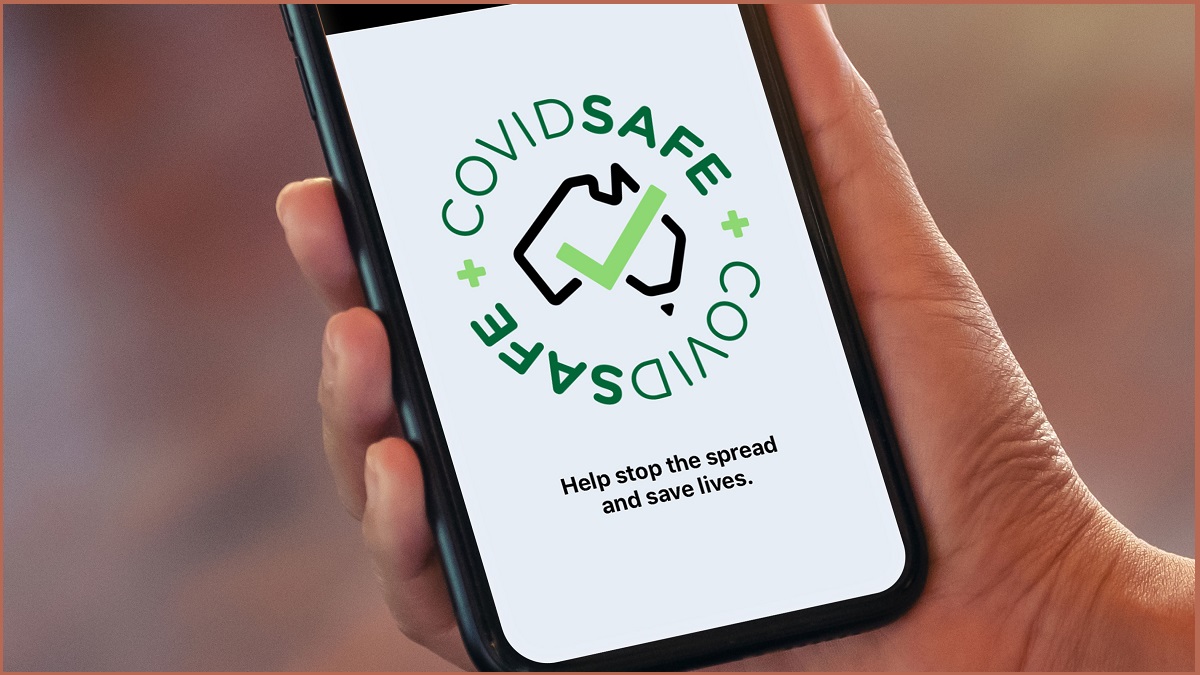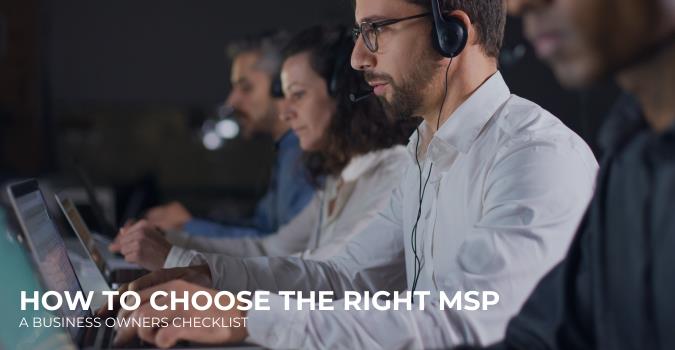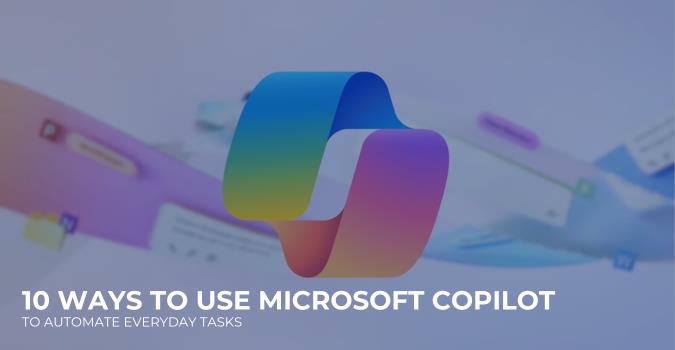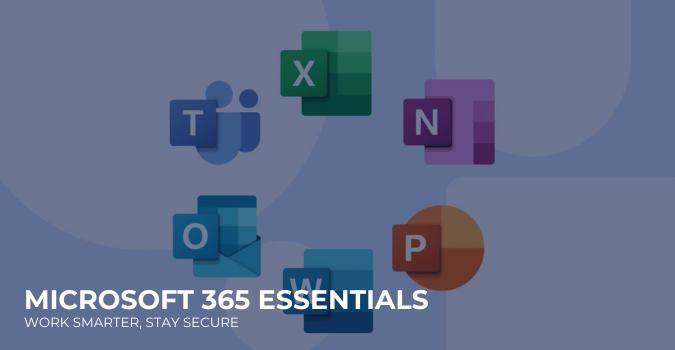COVIDSafe was sold by the Government as essential to lifting coronavirus lockdown restrictions, but the app is yet to provide much assistance to local health authorities.
Since its launch on April 26, more than 6.2 million people have downloaded the app. But so far, no local health authorities have announced that COVIDSafe identified any otherwise unidentified contacts.
Authorities say that is because case numbers in Australia are so low.
“Australia is in a fortunate position with so few cases across the country, including returning travellers who would not have the app,” a Department of Health spokesperson said.
Data from the app has been accessed in around 30 coronavirus cases nationwide, during a period when around 565 new cases were diagnosed in Australia, including infections acquired overseas.
Nevertheless, health authorities continue to urge Australians to download it.
On the weekend, deputy chief medical officer Paul Kelly said COVIDSafe could prove useful for contact tracing if there was a spike in infections from recent Black Lives Matter protests, but only if people had the app on their smartphones.
One person who attended the protest in Melbourne on Saturday is among Victoria’s eight new coronavirus cases, however, it’s not yet known if that person had the app.
“The COVIDSafe app would be absolutely critical and crucial in this type of setting. It’s exactly what it is designed to do, is to pick up cases when you don’t know the people around you,” Dr Kelly said.
“We’ve had a very good uptake of the COVIDSafe app, but the majority of people that have mobile phones have not downloaded the app so far.”
Contacts identified via manual contact tracing
In Victoria, the contact tracing app is yet to identify any close contacts of people diagnosed with COVID-19 that were not also identified via the traditional and painstaking manual contact tracing process.
That’s despite the state finding 21 coronavirus cases that had the app and allowed health authorities to access COVIDSafe data.
In May, Victoria announced that one potential exposure had been picked up by the app that manual contact tracers did not locate, but a further investigation later found the interaction did not meet the close contact criteria.
“With only a small number of cases being reported each day in Victoria, there have been few opportunities to use the app so far — and we hope this continues,” a spokesperson for the Victorian Department of Health and Human Services said.
In New South Wales, low levels of community transmission have also provided few opportunities to use COVIDSafe.
A spokesperson for NSW Health said the state’s new cases over the past 15 days were predominantly people in hotel quarantine.
So far, data from COVIDSafe has been accessed fewer than 10 times in the state. It’s unclear whether close contacts were identified in those instances.
In Queensland, there have been no COVID-19-positive individuals identified as COVIDSafe users.
And in Tasmania, the Northern Territory, the ACT, Western Australia and South Australia, where there are few or no new coronavirus cases, local health departments told the ABC they have had no opportunity to use the app.
Data from COVIDSafe, which uses Bluetooth to transmit and record IDs from smartphones with the app that are within range, is uploaded with consent to a central database when someone is diagnosed with COVID-19.
It is then analysed to identify close contacts — considered to be those within approximately 1.5 metres, for a period of 15 minutes or more.
Measuring the success of COVIDSafe
It’s premature to judge the success of a public health intervention like COVIDSafe, according to Seth Lazar, who leads the Humanising Machine Intelligence project at the Australian National University.
“There’s just not enough cases and not enough time,” he said.
“For any measure you want to look at, you want to have enough cases and enough data.”
But it’s unclear how the contribution of COVIDSafe to Australia’s contact tracing regime will ultimately be measured, and there are few public benchmarks.
While more than 6 million Australians have downloaded it, this is still short of the 40 per cent of the population target first discussed as part of the Government’s plans to ease lockdown restrictions.
That goal has since fallen by the wayside. Acting Secretary for Health Caroline Edwards told a Senate committee investigating the COVID-19 pandemic response in May that there was no download target at all.
And while Australia’s low rate of community transmission provides few opportunities for use, the technical reliability of the app to transmit and collect data is still hotly debated.
Dr Lazar said contact tracing apps like COVIDSafe may provide the most benefit during a second wave of coronavirus infection, and that mass gatherings like the recent protests might provide a test for the app’s efficacy.
“It’s a scenario where you’re going to get anonymous close contacts, but it’s also a scenario where you may want a more privacy preserving approach,” he said.
The Digital Transformation Agency, which developed COVIDSafe, has released a number of updates to the app, including most recently the ability to download the app from non-Australian app stores — an important step, given the restriction risked preventing travellers, migrant workers and others from accessing the technology.
“The Australian community can have confidence the app is working securely and effectively, despite the lack of community transmission of COVID-19,” a DTA spokesperson said.
Article courtesy: www.abc.net.au
Related Articles:




